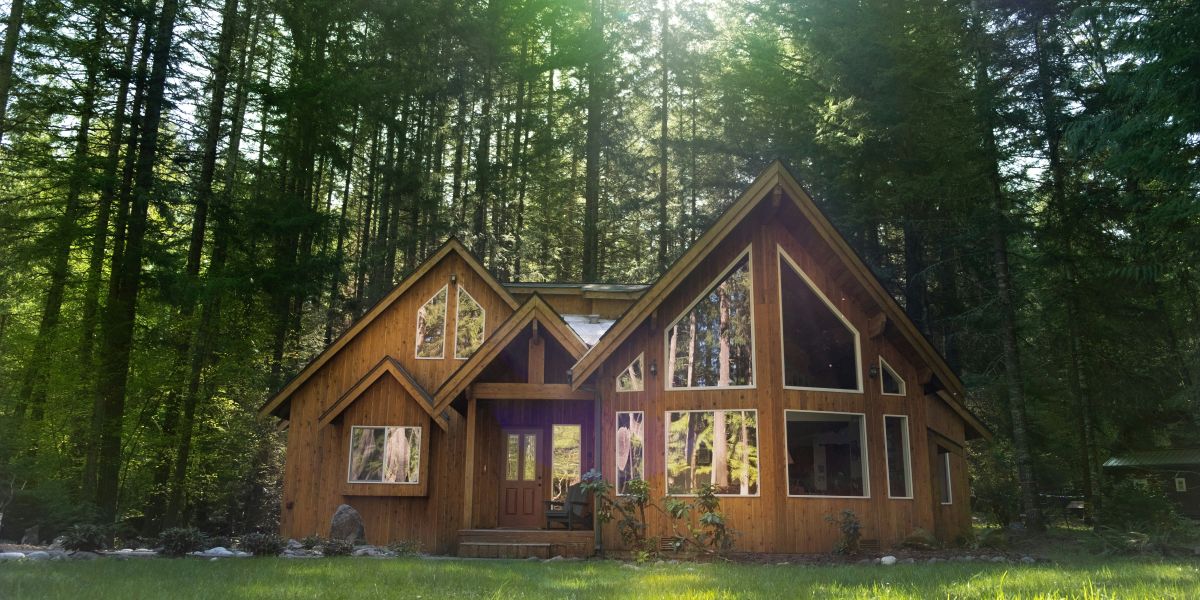In recent years, the frequency and severity of wildfires have surged alarmingly. Every season, vast areas of land are consumed by uncontrollable flames, devastating communities and ecosystems.
Prescribed burns, a proactive fire management technique, offer a crucial countermeasure. Unlike wildfires, which occur unpredictably and destructively, prescribed burns are carefully planned and controlled.
These strategic fires aim to reduce wildfire risks and promote ecological health. Understanding their role in wildfire management is essential for mitigating future disasters and safeguarding natural landscapes.
Understanding the Benefits of Prescribed Burns
Fire plays a fundamental role in many natural ecosystems, fostering growth and maintaining balance. Prescribed burns, conducted under controlled conditions, simulate these natural processes. By intentionally setting fires, land managers reduce the accumulation of dead vegetation and undergrowth—fuel that can otherwise lead to more intense wildfires.
This method of fuel reduction offers several key benefits. It enhances forest health by clearing out old, decaying material, which helps new vegetation to thrive.
Additionally, prescribed burns can improve biodiversity by creating habitats supporting different plant and animal species. These controlled burns help maintain ecosystems in their most resilient and diverse state by mimicking natural fire cycles.
How Prescribed Burns Help Prevent Wildfires
The intensity of wildfires often correlates with the amount of fuel available. High fuel loads—accumulated dead leaves, branches, and undergrowth—can lead to more intense and uncontrollable fires. Prescribed burns address this issue by strategically reducing these fuel loads before a wildfire can ignite them.
Creating firebreaks is another significant benefit of prescribed burns. These areas, where vegetation is intentionally burned away, act as barriers to slow the spread of wildfires. They limit the wildfire’s progression and provide firefighters with critical zones to control and extinguish flames.
Moreover, prescribed burns can significantly reduce the risk of crown fires, which are particularly dangerous due to their ability to spread rapidly through treetops. By lowering vegetation density and removing potential fuel sources, prescribed burns help prevent these catastrophic events, making it easier to manage and contain wildfires.
The Science Behind Prescribed Burns
Executing a successful prescribed burn involves meticulous planning and precise execution. The process begins with assessing weather conditions, including wind speed and humidity, to ensure safe burning conditions. This careful monitoring helps control the fire’s behavior and minimize risks to surrounding areas.
Specialized equipment plays a critical role in conducting these burns. Firefighters use tools like drip torches and controlled ignition devices to start and maintain the fire. Trained personnel, including fire ecologists and land managers, oversee the burn to ensure it aligns with safety protocols and ecological goals.
The science behind prescribed burns extends beyond just starting a fire. It requires a comprehensive understanding of fire behavior, ecosystem dynamics, and weather patterns. Proper planning and execution are essential for achieving the desired outcomes while preventing unintended consequences.
Challenges and Misconceptions
Despite their benefits, prescribed burns often face scrutiny and misconceptions. One common concern is the impact of smoke on air quality. While prescribed burns can produce smoke, they are planned with careful consideration of wind patterns and atmospheric conditions to minimize this effect. The goal is to manage smoke levels and reduce its impact on nearby communities.
Another challenge is the public’s perception of prescribed burns. Many people worry about the safety of controlled fires, fearing they might escape containment. However, trained professionals meticulously plan and execute these burns to ensure they remain under control. Public education plays a vital role in addressing these concerns, highlighting the safety measures in place and the ecological benefits of prescribed burns.
Effective communication about prescribed burn programs is essential. By informing the public about the objectives and safety procedures, agencies can foster a better understanding and support for this important wildfire management tool.
Published by: Nelly Chavez







